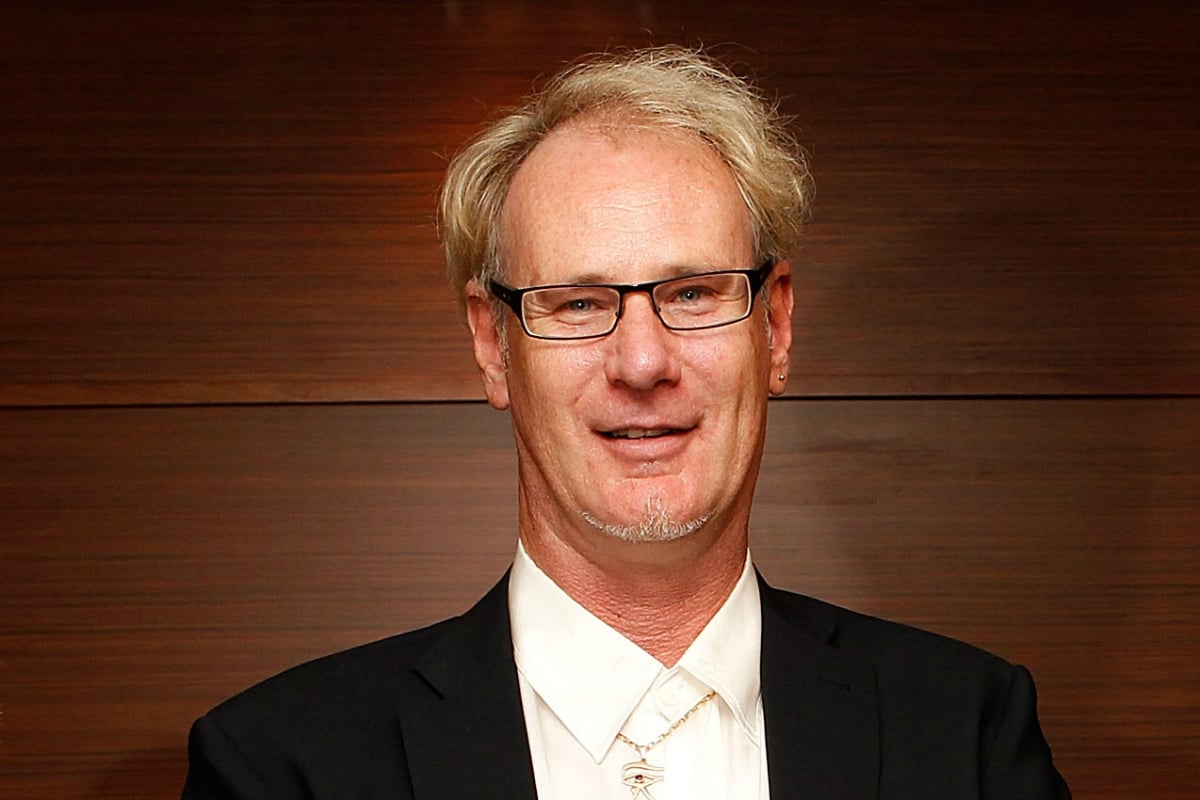
Australia’s legal system is made up of a range of courts & tribunals, different laws and procedures. We have a few main principles designed to protect the rights of every citizen and help ensure that justice is carried out. Some of the most commonly known are Equal treatment before the law, Independent and unbiased judiciary, Right to a fair hearing and Right to reasonable appeal. In the Andrew Mallard case, most of these principles were compromised yet some were upheld.
Equal treatment before the law means that everyone regardless of their race, gender and ethnicity has the right to have equal treatment under the law. Everyone has a right to a presumption of innocence until proven guilty. This is important because without equal treatment, the trial would not give the same rights to both parties. This was compromised in the Mallard case when the police interviewed Mallard for 8hrs without a lawyer or guardian present. They knew that Mallard had a history of mental illness but decided not to record the interview or have a guardian present to help Mallard understand what was happening. This meant that Mallard was greatly disadvantaged and not given the same rights as other citizens as the proper procedures were not followed. Another example in the Mallard case when this was compromised was when John Quigley (Mallard’s lawyer) discovered that an undercover agent had befriended Mallard and supplied Mallard with lots of Cannabis. This agent then brought Mallard to night clubs and tried to frame him by giving him jewellery from the shop Flora Metallica (owned by Pamela Lawrence, who Mallard was accused of killing). Luckily, Mallard lost the jewellery due to the influence of drugs. The strict rules of evidence and procedures were not followed by the police as they had tried to frame Mallard with the jewellery.
An independent and unbiased judiciary means that judges and magistrates are free to make decisions without the government and parliamentary bodies trying to influence them. This is important because the trial should be impartial and without discrimination. The Judge allowed the 8hr interview in which the police interviewed Mallard without a guardian present to be heard in the trial – even though Mallard had a mental illness. The Judge also allowed the police notes (of this interview) as evidence to be heard by the Jury, when in fact he should of excluded this evidence without a video present. This showed that the Judge did not follow correct procedures and allowed the jury to believe the actions of the police were correct and truthful (thus leading the jury to find Mallard guilty of murder).
The right to appeal allows people who are dissatisfied with their outcome to appeal to a higher court, if provided reasonable grounds. This is important because it allows the losing party the opportunity for their outcome to be overturned or have missing information corrected. An example of when the Right to Appeal was upheld was when John Quigley (defence lawyer) had the opportunity to appeal on the 2nd time to the High court due to the non-disclosure of forensic reports in the trial. A forensic report stated the murder weapon was not a wrench, but this was not disclosed to the defence team. However, the Jury were led to believe that the murder weapon was a wrench that Mallard made a drawing of at the interview. On the other hand, this principle was compromised at the 1st appeal (it was rejected after his original trial) – even though procedures for interviews were not followed by the police and Mallard was interviewed without a guardian despite having a Mental illness. This also relates to the fact that Mallard did not get Equal treatment under the law.
In conclusion many of the principles of justice were violated in the Mallard case and only some were upheld. Mallard did not get treated with fairness, or have equality or access to the legal system due to his mental illness. He was not presumed innocent by the police (who tried to frame him), and the prosecuting lawyers did not disclose all the forensic evidence to the defence team or jury. It was only after a senior lawyer (John Quigley) took his case, that this corruption was found and an appeal was approved for retrial in the High Court. A cold case review eventually found that Simon Rochford was the killer and Mallard’s case was quashed. Mallard finally received $3.25 million in compensation and an apology from the government.